Practical Engineering Failure Analysis
INTRODUCTION Engineering Products and Their Performance Engineering Properties of Materials Classes of Engineering Alloys Structure of Engineering Alloys Failure of Engineering Products Imperfect vs. Defective Products Definition and Objective of Failure Analysis Investigations Approach to Failure Analysis Investigations Background Requirements of the Failure Analyst: Scope of the Book ENGINEERING DESIGN-FABRICATION-PERFORMANCE Introduction Stages of Engineering Design Material Selection Fabrication of Engineering Alloys Solidification of Ingots Cold Working Recrystallization Thermomechanical Processing Primary Fabrication Techniques Secondary Fabrication Techniques Joining Techniques Service Performance Common Causes of Failure PRINCIPLES OF MECHANICS Introduction Concepts of Mechanics Concepts of Mechanical Force Concepts of Work and Energy Force and Motion Conservation of Energy Concept of Machines State of Mechanical Equilibrium Concept of Strain Concept of Stress Hook's Law PROPERTY EVALUATION Introduction Nondestructive Tests Destructive Tests: Measurement of Mechanical Properties STRESS ANALYSIS Introduction Uniaxial State of Stress Generalized State of Stress Multiaxial Stress-Strain Relationship Loading Conditions and Stress Thermal Stress Type of Stress Required to Produce Plastic Deformation Maximum Stresses Design Stresses Criterion for the Onset of Plastic Deformation (Yielding) Stress Concentration Criteria for Mechanical Failure Applications: Analysis of Stresses in Specific Components Solved Problems MACROSCOPIC ASPECTS OF FRACTURE AND FRACTURE MECHANICS Definition of Fracture Objective of Fracture Mechanics Use of the Terms Brittle and Ductile in Fracture Crack Loading Modes and Macroscopic Morphology of Fracture Surfaces Crack Propagation Under a Plane Strain Condition Crack Propagation Under a Plane Stress Condition Crack Propagation Under a Mixed State of Plane Strain and Stress Sequence of Events Leading to Fracture Classification of Crack Propagation Modes According to Loading Conditions Variables Affecting Fracture Behavior Basic Principles of Fracture Mechanics Linear Elastic Fracture Mechanics (LEFM) Use of Fracture Mechanics in Design Concept of Allowable Crack Size Use of Fracture Mechanics in Failure Analysis Selection of Materials Resistant to Fracture STRUCTURE OF ENGINEERING ALLOYS Introduction Principles of Thermodynamics Elements of Internal Structure Structure of the Atom Significance of the Electronic Structure of Atom Electronic Structure and Chemical Properties: Classes of Elements Origin of Interatomic Binding Forces Types of Interatomic Binding Forces Bond Strength and Properties of Materials Arrangement of Atoms in Perfect Crystals Understanding the Microscopic Plasticity of Perfect Crystals Crystal Imperfections Understanding the Microscopic Plasticity of Real Crystals Alloy Phases and Phase Change Equilibrium Phase Diagrams Methods of Strengthening Engineering Alloys MATERIALS CHARACTERIZATION Introduction Techniques for Microstructural Characterization Techniques for Chemical Analysis Microstructural Engineering Alloys CORROSION Introduction Low-Temperature Aqueous Corrosion High-Temperature Corrosion METALLURGICAL ASPECTS OF FRACTURE AND FRACTOGRAPHY Introduction Microscopic Aspects of Crack Nucleation Microscopic Mechanisms of Crack Propagation Fracture Modes and Fractography FAILURE ANALYSIS PROCEDURE Introduction Definition of the Problem Technical Background Experimental Program and Analysis Mode of Failure vs. Cause of Failure Data Interpretation and Terminology Recommendations Failure Analysis Reports CASE STUDIES Introduction Failure of Engineering Alloys Due to Improper Processing Practice Failure of Engineering Products During Manufacturing Effect of Variations in Design on Service Performance Failure of Engineering Products During Service Because of Unanticipated Service Conditions Failure of Engineering Products During Service Because of Improper Material Selection Failure of Engineering Products During Service Because of Improper Service Conditions APPENDIX A: CHEMICAL COMPOSITION AND CLASSIFICATION OF SELECTED STEELS APPENDIX B: UNITS OF MEASUREMENTS IN MECHANICS APPENDIX C: MOMENT OF INERTIA OF SELECTED CROSS SECTIONS INDEX
{{comment.content}}
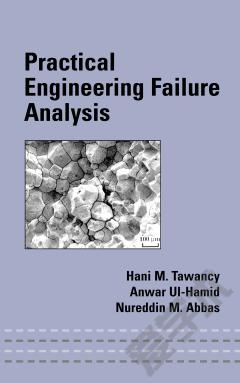

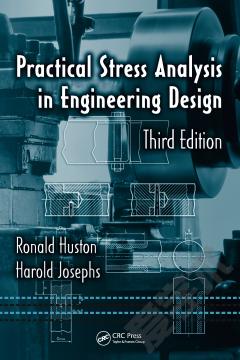
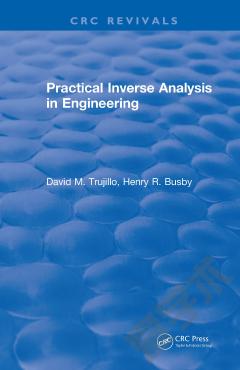

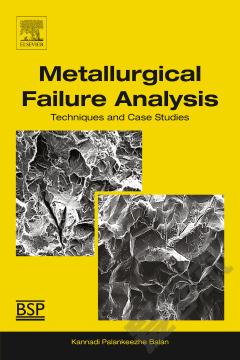
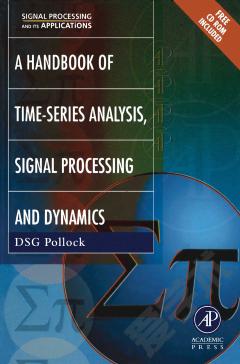

 京公网安备 11010802027623号
京公网安备 11010802027623号